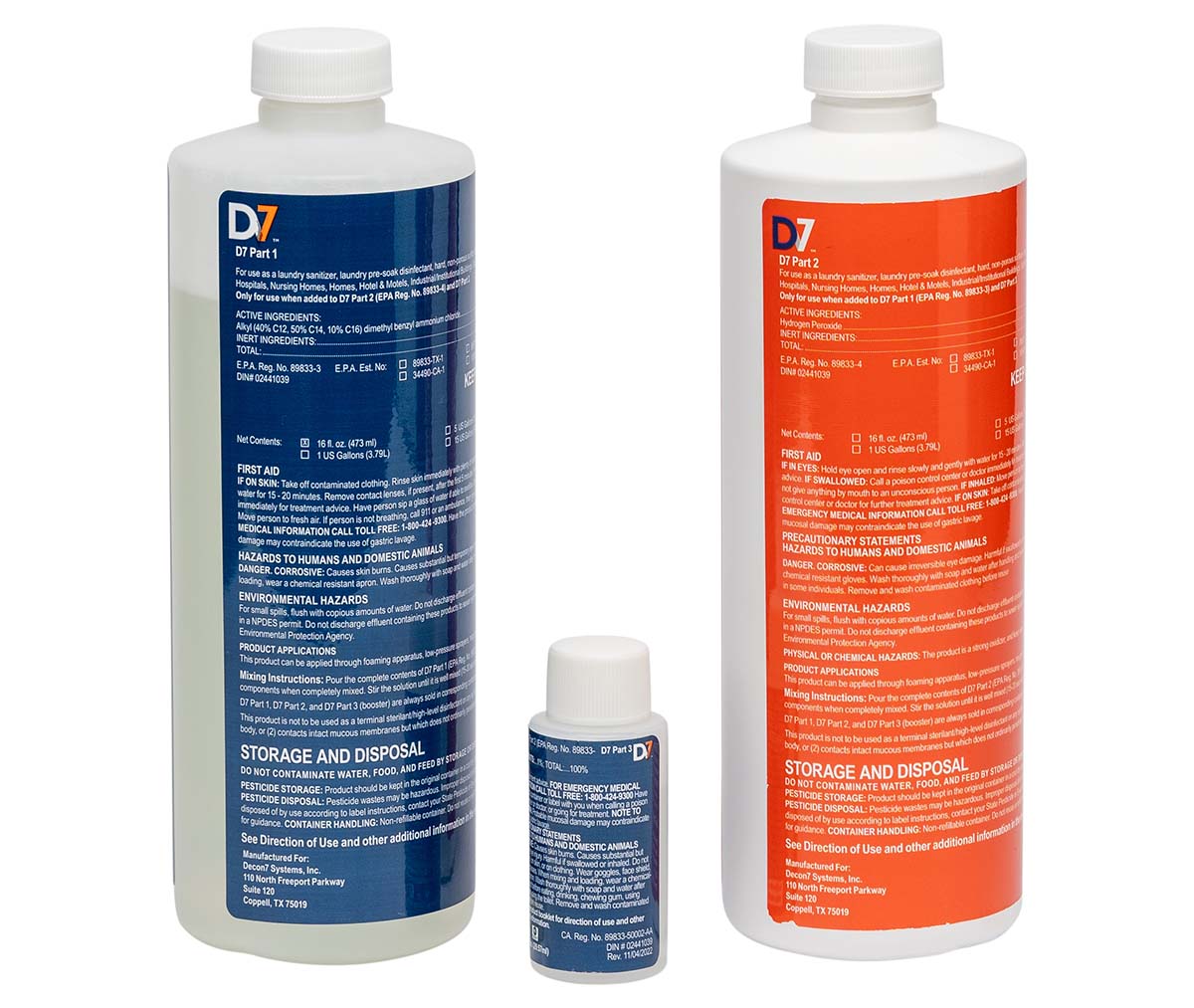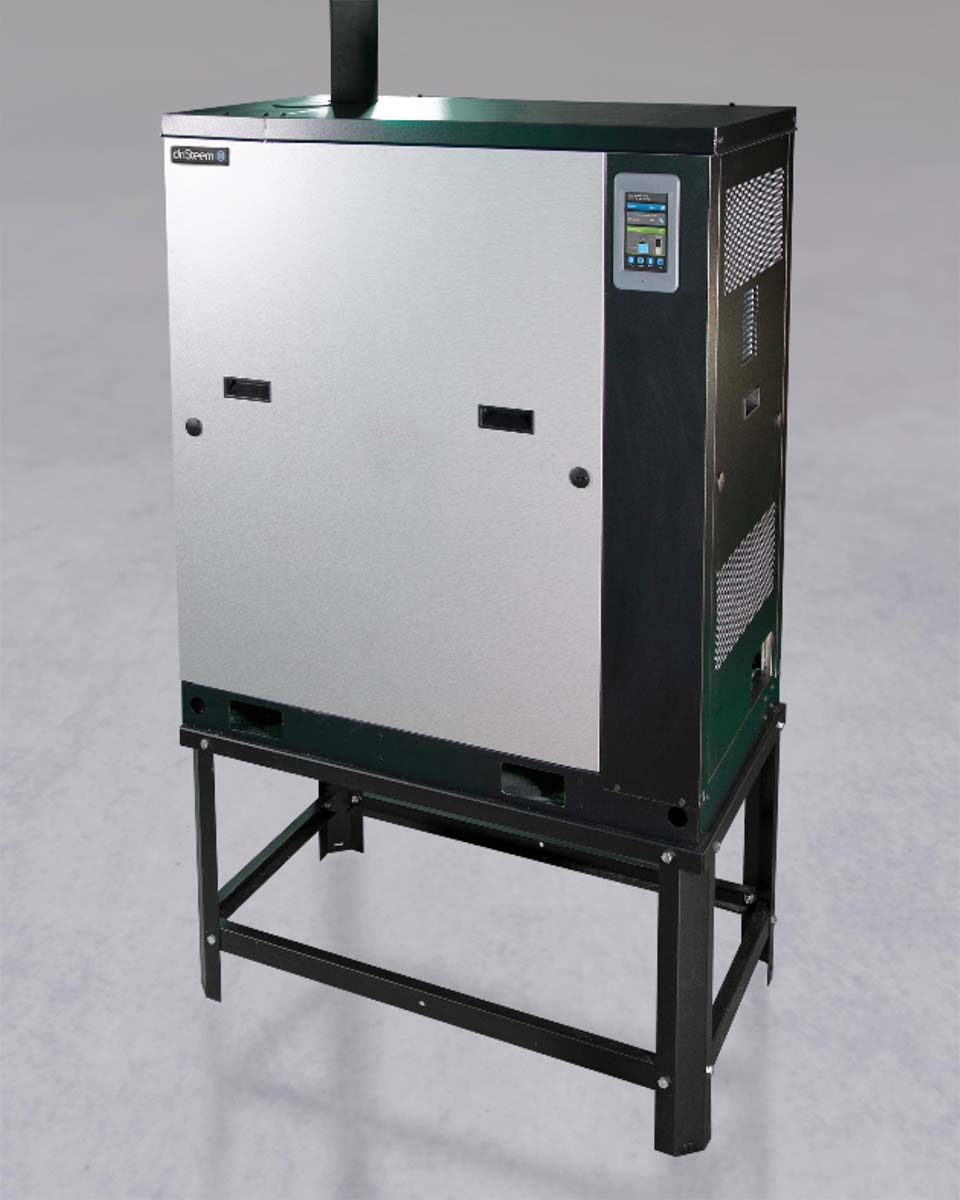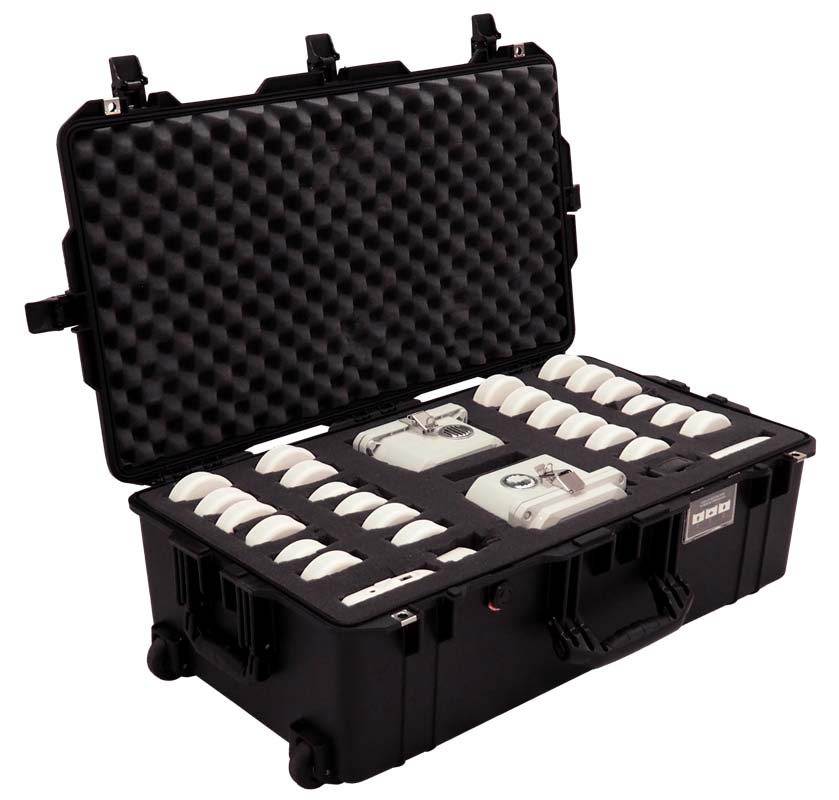chief engineer of standard development
International WELL Building Institute
The verdict is in: Cleaner indoor air means healthier building occupants who perform better and are more productive, while poor air — containing pollutants like volatile organic compounds (VOCs), particulate matter, and carbon monoxide (CO) — increases the risk of respiratory and cardiovascular diseases, in addition to causing headaches, irritated eyes, and runny noses.
That’s according to Nathan Stodola, chief engineer of standard development at the International WELL Building Institute (IWBI).
“The quality of the air people breathe indoors directly impacts their health and well-being and constitutes one of the most important aspects of buildings that can support human health,” Stodola said recently. “Today, due to learnings from COVID-19, we as a society have an elevated understanding about the importance of indoor air quality (IAQ) and how it directly affects people’s health. However, research has long identified a clear relationship between indoor air quality and human health and productivity in buildings.”
It stands to reason, then, that the owners of stores, office buildings, schools, fitness centers, theaters, and government buildings, as well as the building engineers and HVAC technicians who work on those facilities, would want to bring IAQ up to the highest standard possible.
That, Stodola said, can be done through source control (using low-emitting building materials, for example), building design (filtration and ventilation), curbs on behavior (indoor smoking bans) — and with the use of additional IAQ equipment.
With that premise, The ACHR NEWS recently asked several HVAC companies about solutions designed to improve IAQ in commercial and other public buildings. Here are some of the products they told us about.
Broan L300E
The Broan L300E is a high-capacity, ceiling-mounted ventilation fan that, according to manufacturer Broan-NuTone, works behind the scenes to remove the odors, humidity, and particulates that can harm IAQ.
The L300E, which the company recommends for light commercial use, is Energy Star-certified, Air Movement and Control Association-tested, and has a capacity of 310 cfm. It can be used to comply with the ASHRAE 90.1 (2019) standard for energy-efficient building design and meets multiple regulatory standards for IAQ, said Dave Jones, assistant marketing director at Broan NuTone.
“This product is an ideal solution for high-traffic environments such as conference rooms, public restrooms, dining areas, and other areas in commercial buildings that require ongoing ventilation,” Jones said.
The L300E was introduced to the market in late 2022.
The L300E, Jones said, is a low-vibration, low-profile unit, with adjustable, eight-way mounting brackets for easy installation. It can be used with either horizontal or vertical ducting.
Decon7 Disinfectant

DISINFECTION AT THE SOURCE: D7, a disinfectant and deodorizer that can kill pathogens when applied to hard surfaces on commercial HVAC equipment. (Courtesy of Decon7 Systems Inc.)
D7, a disinfectant and deodorizer manufactured by Decon7 Systems Inc., improves a building’s IAQ by killing the microorganisms — mold, bacteria, allergens, viruses and more — that can build up on HVAC system components such as coils, fans, and drains, thus preventing live pathogens from being spread as the equipment runs.
“No matter how clean the facility appears, particulates from these pathogens thrive, hidden in hard-to-reach HVAC and plumbing systems,” said Patrick Fagerquist, senior vice president of sales at Decon7 Systems.
The liquid cleaner can eliminate tough germs, including norovirus, SARS-CoV-2 (the virus that causes COVID-19), staph and legionella bacteria, and several types of mold, according to Fagerquist. It has a kill rate of up to more than 99.9999%, he said.
With a pH close to neutral, D7 is gentler than many other cleaners, Fagerquist said, and uses hydrogen peroxide, which is on the U.S. Environmental Protection Agency’s “Safer Chemical Ingredients List,” as a disinfectant, sanitizer, and decontaminant.
“Building occupants will appreciate knowing that the facility where they spend so much of their time every day is being regularly treated to prevent harmful pathogens from circulating through the air in the first place,” Fagerquist said.
D7 is sprayed directly onto the hard surfaces of air-handling equipment, can be foamed into plumbing drains, and can be fogged into ductwork as a deodorizer (prohibited in California), he said.
“With this multi-use product, building maintenance staff and contractors that are involved in both HVAC and plumbing can reduce the number of products stored in inventory,” Fagerquist said.
D7 works in any size building, and the manufacturer recommends that equipment be treated at least twice a year, Fagerquist said. Minimal personal protective equipment — safety glasses, work gloves, and the kind of clothing and footwear typically worn by technicians — is needed when using the product, he said.
Fagerquist said that D7 was initially developed for the defense industry and was later introduced to other markets, including, in 2023, to the HVAC market.
DriSteem Humidifier

THE RH FACTOR: The DriSteem RTS RX series humidifier is a resistive steam humidifier that can be used to precisely control indoor relative humidity (RH) levels. (Courtesy of Research Products Corp.)
The DriSteem RTS RX series is a line of resistive steam humidifiers that improve IAQ by maintaining precise relative humidity (RH) levels, according to Mysty Hanson, product manager at DriSteem. The humidifiers are designed to work in a variety of settings, from school and office buildings to factories, stores, health-care facilities, and even museums.
DriSteem is a Research Products Corp. brand; the company also makes the AprilAire line of residential IAQ equipment.
An RH of between 40% and 60%, at room temperatures, is broadly thought to be optimal in order to minimize risks to health. When indoor air is too dry it can trigger occupant discomfort, respiratory problems, and eye and skin irritations. Excess humidity can promote mold growth and other IAQ issues.
Proper RH is also important for suppressing the circulation of airborne particles, preventing static electricity, and preserving certain materials, such as wood, paper, and artworks, that are negatively affected by fluctuations in humidity, Hanson said.
“By ensuring a balanced and comfortable indoor environment, the DriSteem RTS humidifier RX series supports the well-being of occupants and helps safeguard the integrity of building materials and equipment,” Hanson said. “Its advanced features and reliable performance make it an essential component for creating a healthier and more pleasant workspace.”
RTS RX series humidifiers, introduced in 2021, come in 21 models, with capacities of up to 324 pounds an hour.
The RTS can be configured for different applications, placed in a room, for example, mounted in an air handler, or installed in a heated and ventilated outdoor cabinet, Hanson said. It’s compatible with all water types, including tap water and water that’s softened, deionized, or filtered through reverse osmosis, and learns as it runs to optimize steam output, she said. DriSteem’s technology, Hanson said, adjusts drain intervals to automatically remove minerals in the water and includes a skimming function to take out foam and minerals.
The RTS also has DriSteem’s Vapor-logic controller, which has a touchscreen interface, a function to simplify startup, access to product manuals, color-coded alerts, and a help link, and which also allows for BACnet connectivity to integrate the humidifier into building automation, Hanson said.
Airstage Cloud BMS
The Airstage Cloud building management system (ASC for short) from Fujitsu is a next-generation system that enables IAQ monitoring and the automatic remediation of IAQ and comfort issues in commercial buildings, the company said.
The system, introduced in January, can be used in any size building but is best suited for smaller commercial buildings — under 50,000 square feet — whose size doesn’t justify the expense of a conventional BMS, according to Matthew Taylor, vice president and general manager of R&D Systems and Solutions at Fujitsu General America Inc. Buildings under 50,000 square feet make up 94% of the commercial buildings in the U.S., but only 13% of those buildings are equipped with a BMS, Talyor said.
“ASC is designed to work in a plug-and-play fashion with third-party building equipment of all types, including IAQ sensors and ventilation systems,” he said. The system monitors IAQ status, coordinates HVAC equipment to respond to IAQ problems, and automatically notifies building managers, owners, and occupants when IAQ status changes, Taylor said.
The system uses controllers from Schneider Electric that allow the ASC link to all thermostatically controlled unitary equipment, which accounts for about 60% of the installed equipment in North America, Taylor said.
One ASC account can be used for a single site or a portfolio of sites, and an account allows for multiple users — administrators, technicians, and occupants, for example — in ways that are appropriate for their respective roles, with permissions that are set by the account holder, he said.
“This is useful for contractors supporting multiple clients, as it enables them to assign technicians to specific buildings,” Taylor said.
ASC can use text messages and/or email to notify users of important system events.
“This makes it easy for contractors, technicians, and building technicians to be notified by the system when an issue is detected rather than waiting for a phone call from an occupant complaining that the building is stuffy and the HVAC system is not working,” Taylor said.
OpenBlue IAQ Audit

AUDIT KIT: A kit for an OpenBlue IAQ Audit includes air-quality sensors that gather data for two weeks, resulting in a report that includes an action plan to improve IAQ. (Courtesy of Johnson Controls)
Want improved IAQ in a commercial, office, school, or health-care space but don’t know how to get there? The OpenBlue IAQ Audit, from Johnson Controls, offers a roadmap.
The IAQ Audit was introduced in 2021. Johnson Controls deploys IAQ sensors and one outdoor air quality (OAQ) sensor at the target site for two weeks and uses the data collected to generate a custom report with results, insights, and recommendations for improving IAQ and optimizing energy use, said Tyler A. Smith, the company’s vice president of Healthy Buildings, HVAC, and Controls.
The IAQ sensors are placed on flat surfaces, such as desktops and shelves, or mounted on the wall with temporary adhesives, while the OAQ sensor is usually placed on the roof, Smith said. The IAQ sensors measure temperature, RH, carbon dioxide (C02) levels, particulate matter (PM) levels, and total VOCs. The OAQ sensor measures temperature, RH, and PM levels.
The sensors send data to the cloud via a cellular network, and don’t interact with the building’s information technology system. Following the monitoring period, a report, in the form of a PowerPoint presentation, is generated and reviewed by experts credentialed by IWBI, who streamline it and add insights and recommendations, Smith said. The report is then reviewed by the company’s own IAQ experts before it’s delivered to the customer.
The IAQ report takes two weeks to create, meaning it’s finished just four weeks after the audit begins.
Spaces that are well suited for an IAQ Audit, Smith said, include offices, classroom buildings, fitness centers, auditoriums and event spaces, and hospital waiting rooms and patient rooms. Some spaces are not good candidates, including those with special IAQ conditions, such as laboratories with fume hoods, manufacturing spaces that contain pollutants, and hospital operating and containment rooms, he said.
Once an IAQ action plan is developed, Johnson Controls has a variety of products that may be employed in it.
“Some general products we offer include IAQ monitoring solutions such as IAQ sensors that can be integrated into the Johnson Controls OpenBlue digital platform or Metasys building automation system,” Smith said. “We also offer demand-controlled ventilation and filtration products.”






Report Abusive Comment